Blood pressure readings can fluctuate throughout the day, influenced by factors such as exercise, sodium intake, and stress. The American Heart Association considers blood pressure of 120/80 mmHg as normal, while consistent readings of 140/90 mmHg or higher indicate hypertension. Hypertension can cause damage to the vascular system and increase the risk of serious diseases and health conditions, including heart disease, stroke, cognitive issues, and kidney disease. However, certain foods can help lower blood pressure, while others should be avoided.
Hypertension can result from lifestyle choices or pre-existing conditions, such as family history, age, or race. Diabetes and obesity can also increase the risk of developing hypertension. According to the CDC, unhealthy lifestyle choices such as inadequate physical activity, high-sodium diet, insufficient dietary potassium, alcohol consumption, and nicotine use can further raise the risk of high blood pressure.
As February is American Heart Month, prioritizing cardiovascular health is vital, and a healthy diet can help manage blood pressure. In addition to monitoring sodium intake, consuming potassium-rich foods and other essential nutrients can help lower blood pressure.
Here are 10 foods that can aid in regulating blood pressure levels:
1) Potatoes
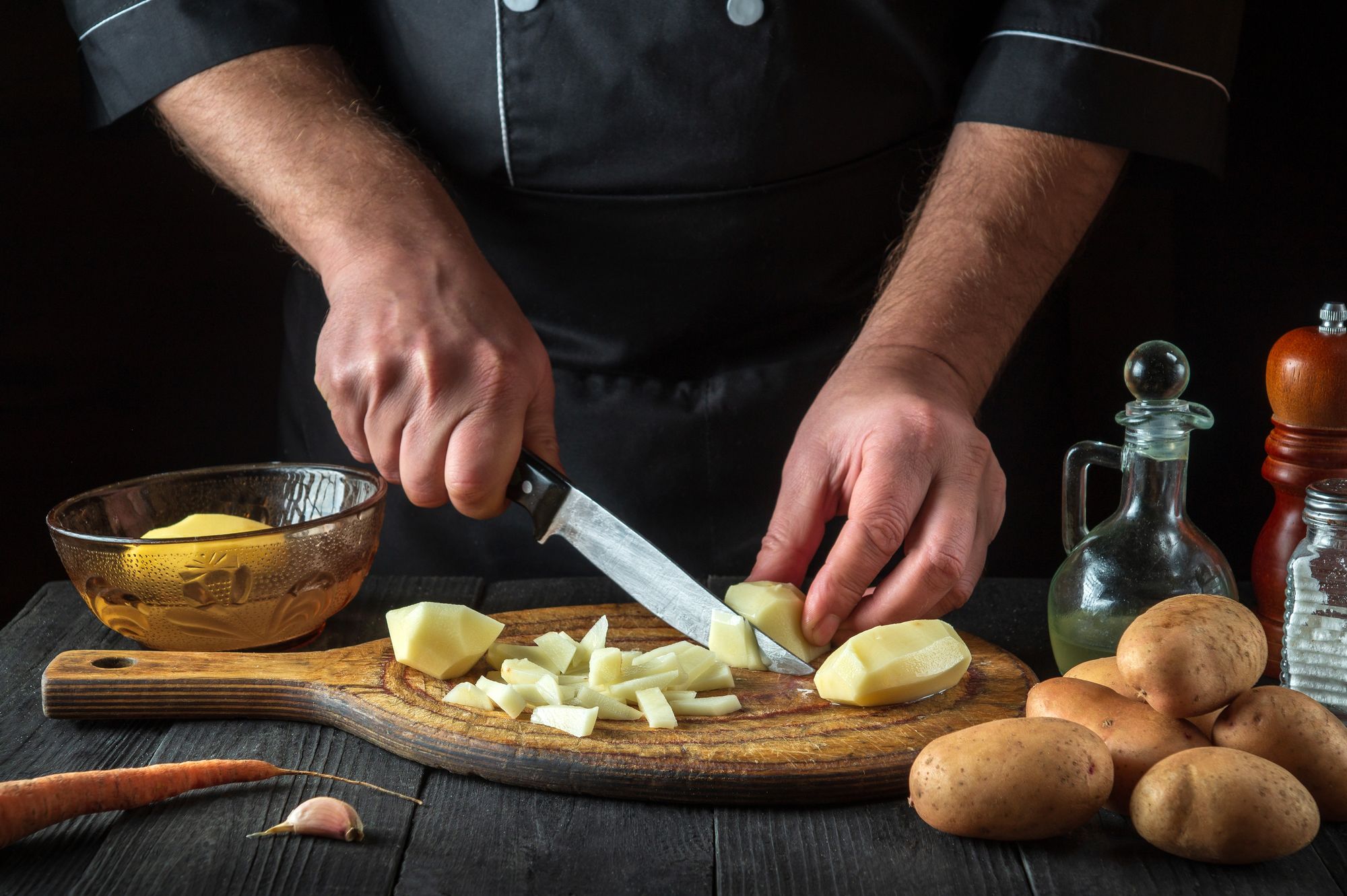
Surprisingly, consuming regular baked potatoes can be beneficial for blood pressure. A medium-sized baked potato can provide 13% of the daily value (DV) for potassium. Increasing potassium intake can help reduce blood pressure levels, especially for individuals with hypertension. To enhance the effectiveness of potatoes in promoting healthy blood pressure, avoid adding salt and instead try plain Greek yogurt with a sprinkle of black pepper as a delicious alternative.
2) Cantaloupe

Cantaloupe, a favored summertime fruit, is an additional source of potassium. A half-cup serving can supply 5% of the daily value (DV) for potassium, and due to its high-water content, it is relatively low in calories. A half-cup serving contains fewer than 30 calories, making it suitable for different energy requirements. Combining cantaloupe with low-sodium cottage cheese is an excellent way to consume both protein and produce while keeping sodium levels in check.
3) Mackerel
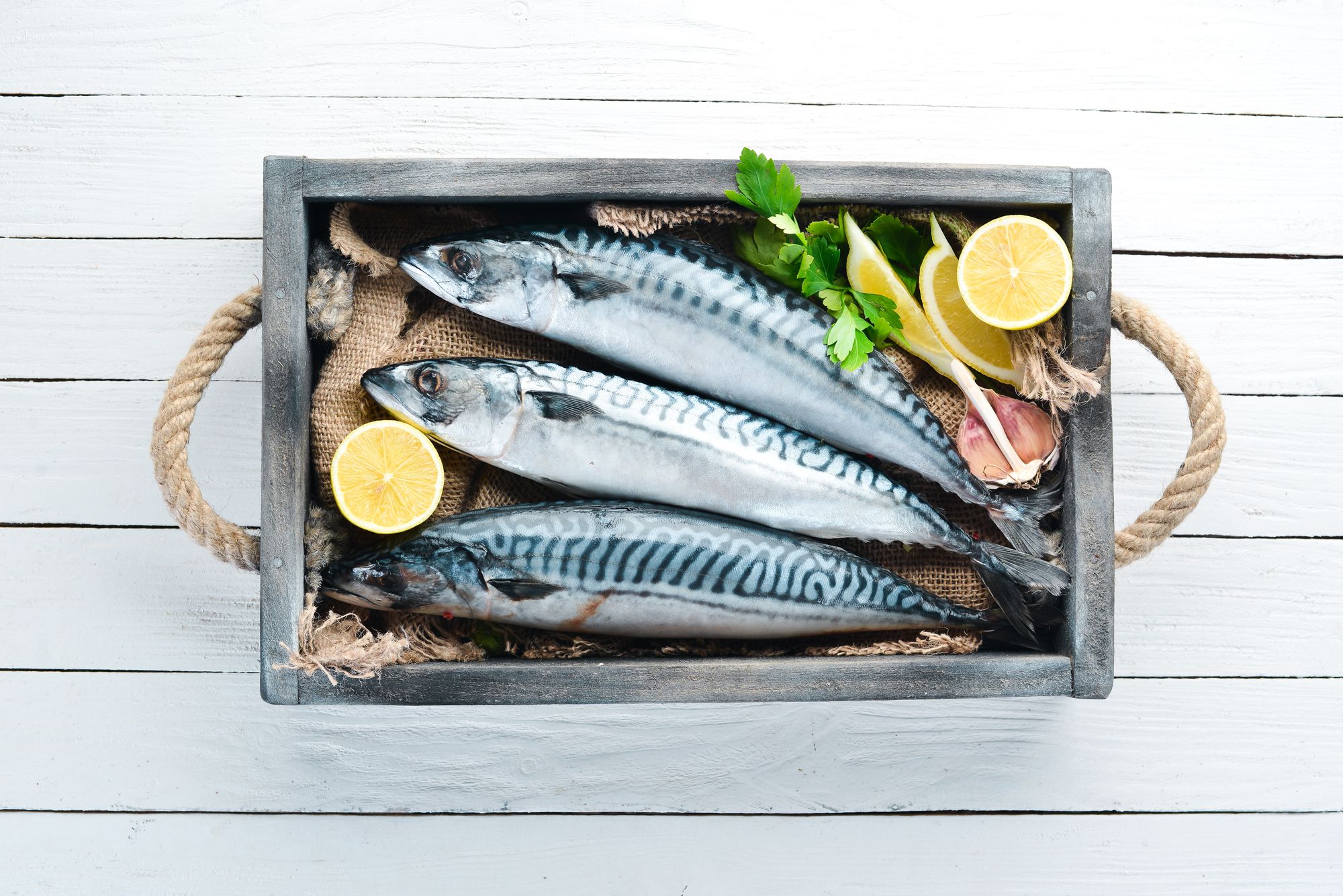
Fatty fish such as mackerel and salmon, which contain essential Omega-3 fats, have demonstrated the ability to lower blood pressure. Mackerel, which has a texture similar to tuna, can be consumed in a variety of ways. To create a well-rounded meal, add it to a salad or as a protein in your sandwich, along with avocado and greens. When purchasing canned mackerel, opt for brands with lower sodium content, as excessive sodium intake can raise blood pressure.
4) Skinless Chicken
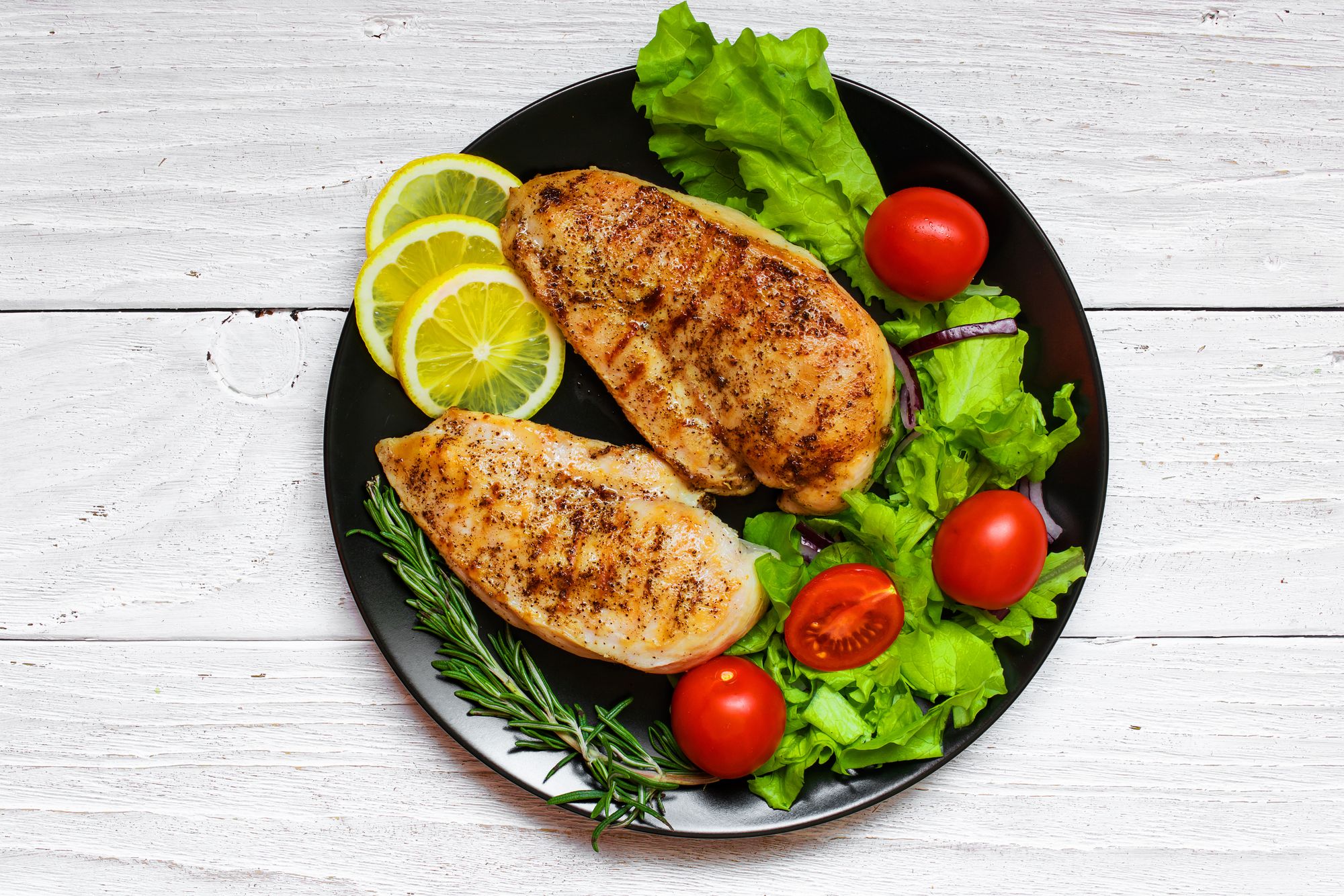
Chicken, a versatile food enjoyed grilled, baked, roasted, and more, can potentially aid in lowering blood pressure. A study discovered that a protein found in chicken legs reduced blood pressure in hypertensive rats. Opting for skinless poultry can reduce the saturated fat content in your diet, safeguarding your heart. To maintain low sodium levels, season your chicken with herbs, spices, and black pepper instead of salt.
5) Egg Whites
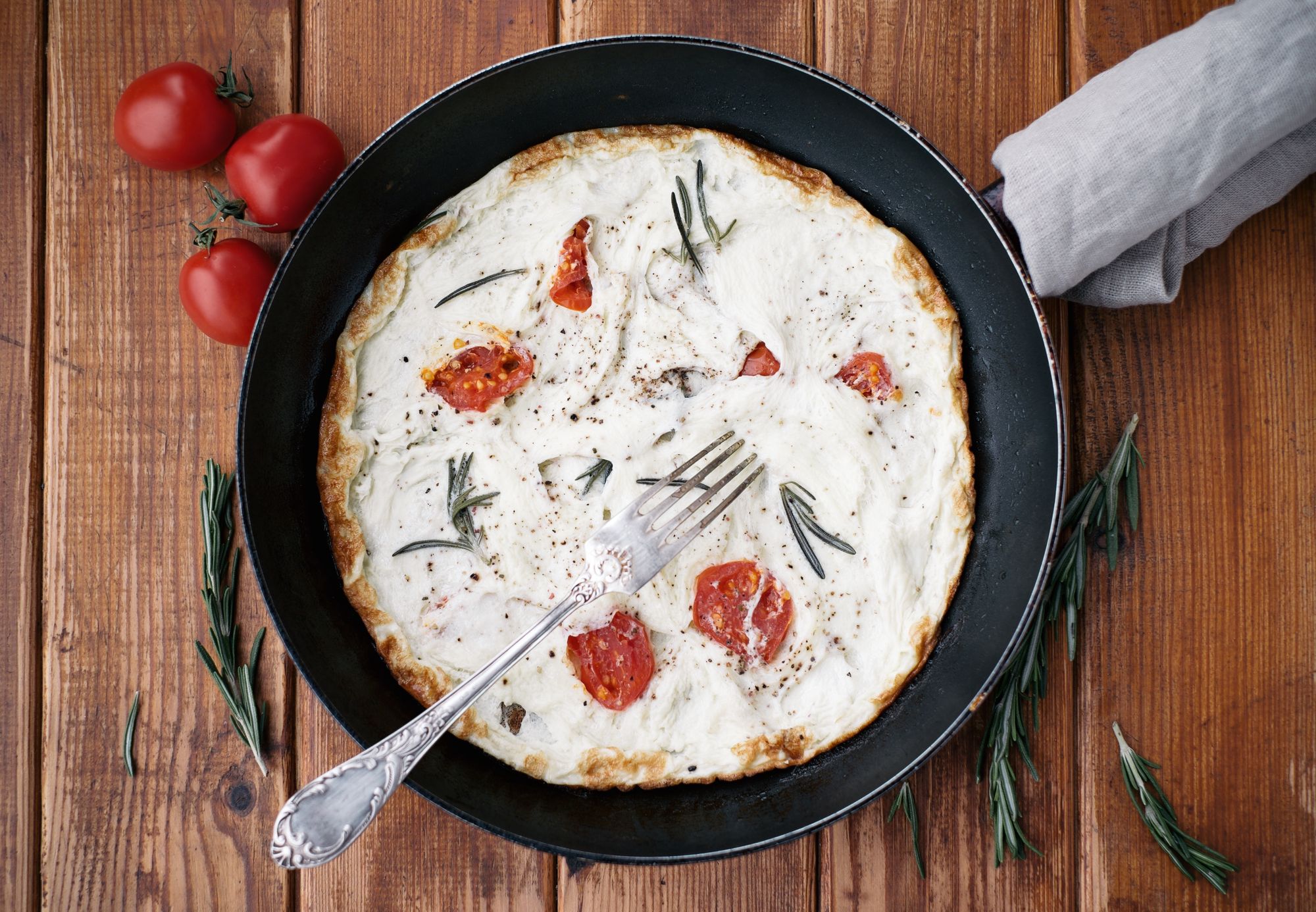
Studies indicate that consuming a diet rich in protein, like that found in egg whites, could potentially aid in reducing blood pressure. Based on this research, individuals who consume a higher proportion of dietary protein from either animal or plant sources have a reduced long-term risk of developing high blood pressure. Egg whites, obtainable from a carton or separated from the yolk, can be cooked in numerous ways, including scrambled or boiled, and are a versatile and convenient source of protein.
6) Chia Seeds
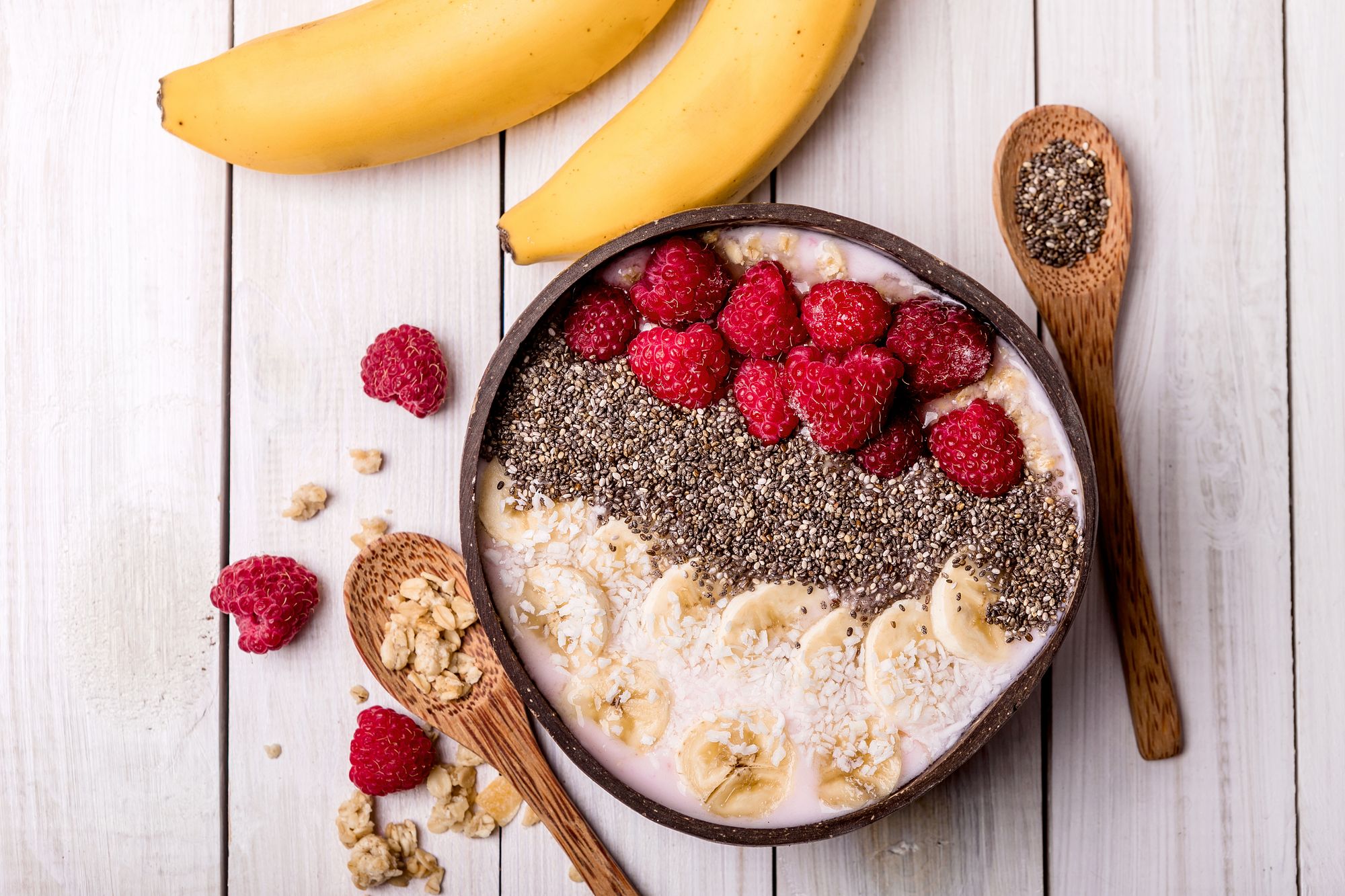
Chia seeds have become increasingly popular due to their impressive nutritional profile, including fiber, protein, and Omega-3 fats. A study discovered that 12 weeks of daily chia seed supplementation resulted in lower systolic blood pressure. Chia seeds can be incorporated into a variety of dishes, including salads, baked goods, and yogurt, or used as the main ingredient in chia pudding.
7) Acorn Squash
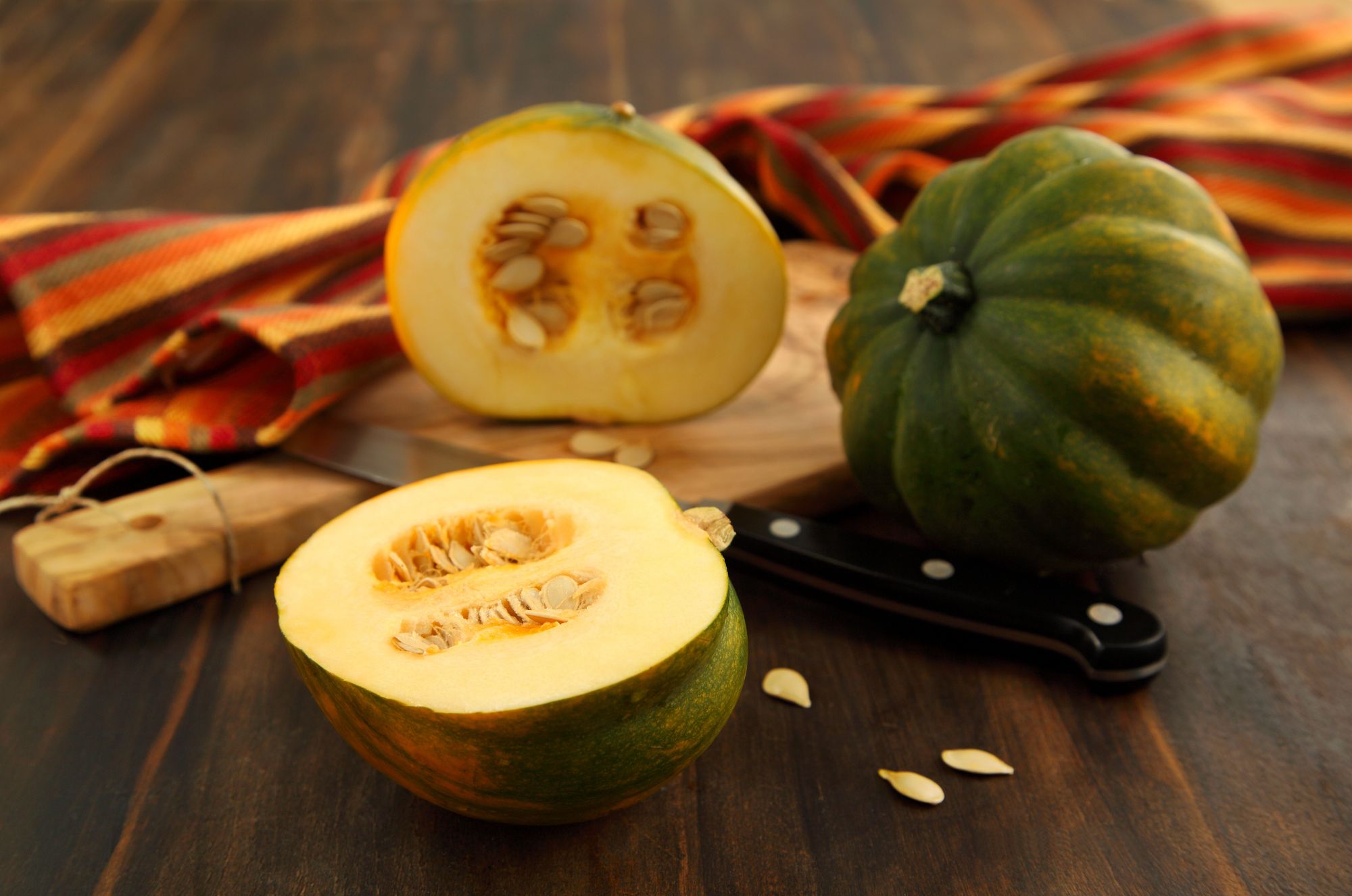
Acorn squash, although not the most well-known squash variety, is typically available at grocery stores during fall and winter months. Acorn squash is an excellent source of potassium, offering 14% of the daily value (DV) for this nutrient. Potassium can lower blood pressure by relaxing the walls of blood vessels and even protect against muscle cramping. Roasting acorn squash and seasoning it with herbs like sage and rosemary is a popular way to enjoy this vegetable.
8) Quinoa

Quinoa, a nutrient-dense grain that is easy to prepare, has become increasingly popular in the last 15 years. A 2021 study discovered that quinoa protein has the ability to lower blood pressure in rats with spontaneous hypertension. The study suggests that quinoa protein may be beneficial to the gut microbiota, which in turn may lower blood pressure. Quinoa can be consumed in numerous ways, such as a side dish, as a topping for salads, or as a substitute for oatmeal.
9) Arugula

Arugula, categorized as a dark leafy green vegetable, is known to have blood pressure-lowering effects, as are other vegetables in this class. Arugula contains nitrates, and a study from 2014 demonstrated that nitrates can decrease blood pressure, potentially providing relief to those with hypertension. Arugula is typically consumed raw as part of a salad, or slightly wilted into a pasta dish or as a topping on a pizza.
10) Kiwi
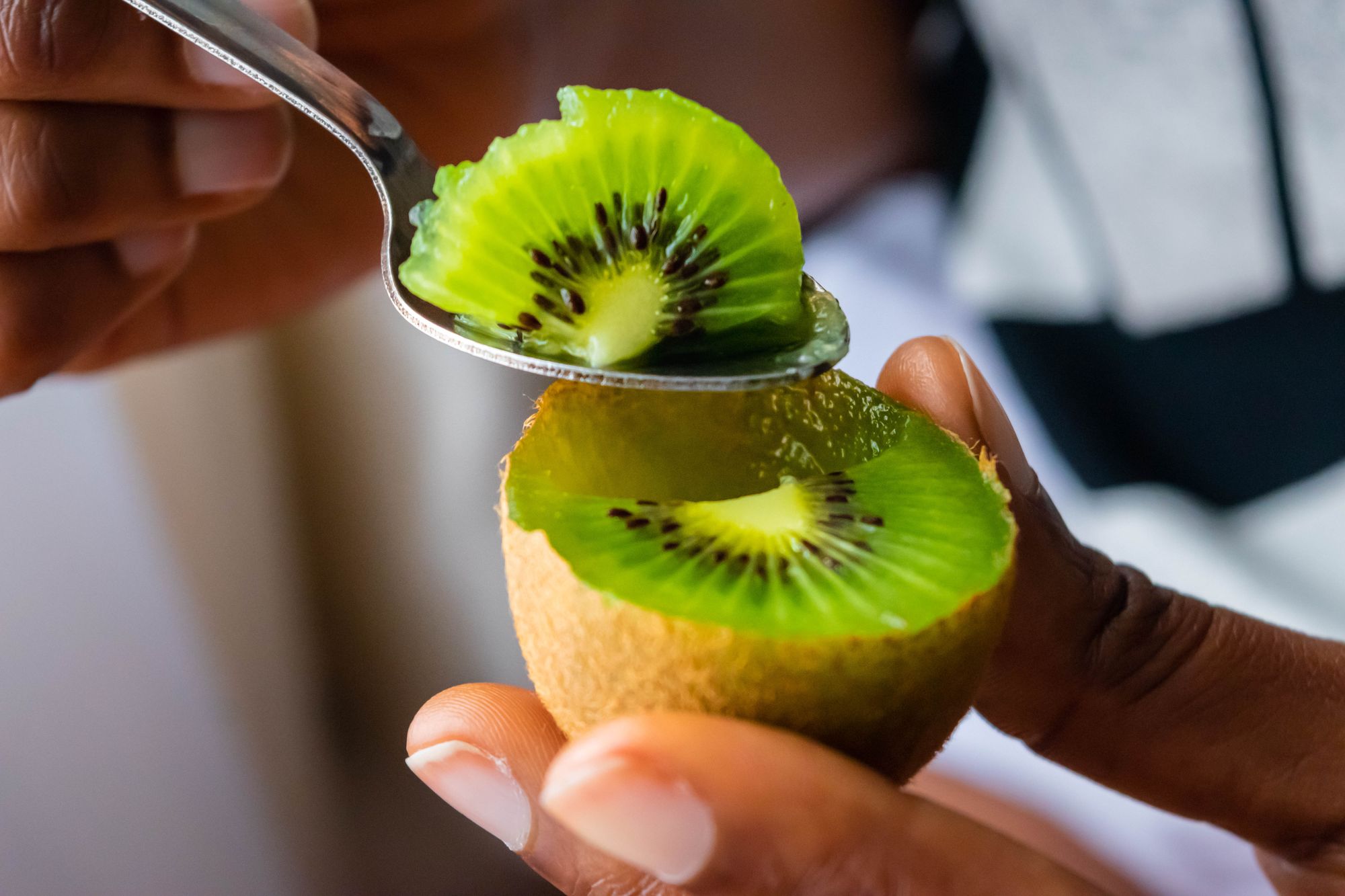
Kiwi fruit, recognized by its bright green flesh, has the potential to lower blood pressure. In a study comparing the blood pressure-lowering effects of kiwi and apple, it was discovered that kiwi had a greater impact on blood pressure. Participants consumed three kiwis per day, and while it may sound like a lot, researchers note that one cup of kiwi, which is equivalent to about 2-3 kiwifruits, is considered a serving.

